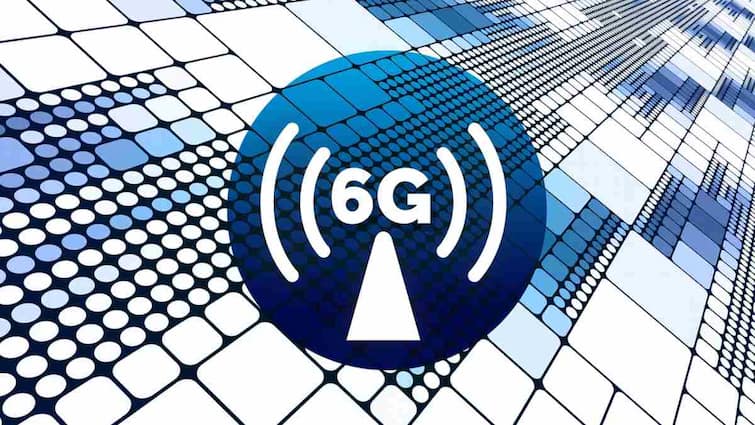By Lalit Arora
India is experiencing a tremendous digital revolution, and at the centre of it lies 5G technology, which has not only improved connectivity but also created new possibilities for innovation, startups, and industries in every sector. This spirit of growth and opportunity was alluded to by Prime Minister Narendra Modi when he addressed the India Mobile Congress (IMC) 2025, Asia’s largest telecom and technology event in New Delhi.
A Vision for an Interconnected India
“Digital connectivity is neither a privilege nor a luxury,” asserted Prime Minister Modi. “Access to digital services and the Internet is a basic need, for ’empowerment’ unfolds in India today.” From our villages to our cities, 5G provides connectivity so that every citizen and enterprise in India can participate in this ‘digital wave.’ “This is the best time to invest, innovate and build in India,” he noted. As a result of the government’s reform and business ecosystem, India has become a global hub for the manufacturing of semiconductors, electronics, and telecom equipment. “We have seen significant growth in manufacturing sectors like electronics and mobile phones,” continued Prime Minister Modi. “Since 2014, we have increased electronics manufacturing six times and mobile manufacturing 28 times.
This transformation is also a good testament to the success of the vision of Atmanirbhar Bharat, where local manufacturing innovation is and will play a vital role. PM Modi also remarked on “the success of India’s Made-in-India 4G stack”, which enabled India to become self-reliant in technology and ready to contribute to the India 6G Vision 2030.
6G and the Future of India’s Digital Economy
Union Communications and IT Minister Jyotiraditya Scindia also gave his views on India’s expanding ambitions in the telecommunication industry. He said that India has been able to shift from being a technology consumer to being a leader in the world digitally. It aims at acquiring 10% of the world’s 6G patents, and 6G tech will make a contribution of $1.2 trillion to India’s GDP by the year 2035.
Scindia also reflected on India’s rapidly expanding satellite communication industry, which is expected to triple by 2033. He congratulated the Production-Linked Incentive (PLI) scheme, in which production, exports and employment in telecommunications and electronics industries have been largely enhanced.
Moreover, Scindia mentioned that India’s mobile data prices have declined by 98%, and it is now the cheapest in the world to reach the Internet. It has been a major promoter of India’s digital revolution and has allowed millions of people to join the online economy.
The Startup Revolution and Global Recognition
Furthermore, at IMC 2025, the Startup World Cup 2025 was introduced to cultivate India’s entrepreneurial and innovative omens.
When 5G enables a range of new prospects, AI, IOT, smart manufacturing and digital payments, in the years to come, Prime Minister Modi and Minister Scindia both remarked that startups are ready to run after India’s digital future.
India’s Digital Future Is Here
The takeaway from IMC 2025 was unequivocal: the Digital Revolution in India is unstoppable. India has everything in place for an epochal transformation into a global digital superpower: strong public sector commitment, a vibrant and visionary young leadership and the private sector on board. As PM Modi said, “This is a year of big reforms”.
Digital innovation, digital infrastructure investment, and policies are advancing not only the adoption of technologies but also steering the world to a new digital future. As 5G rollouts take place, and 6G is imminent, India is going to a higher trajectory of an inclusive, connected new economy.
(The author is the COO & Co-Founder, UBON)
Disclaimer: The opinions, beliefs, and views expressed by the various authors and forum participants on this website are personal and do not reflect the opinions, beliefs, and views of ABP Network Pvt. Ltd.


